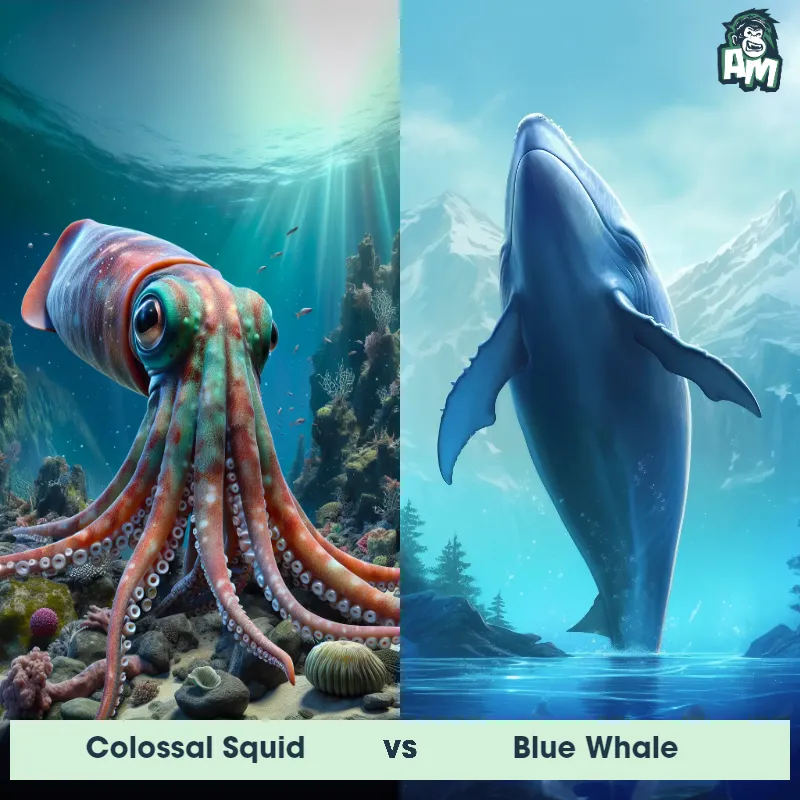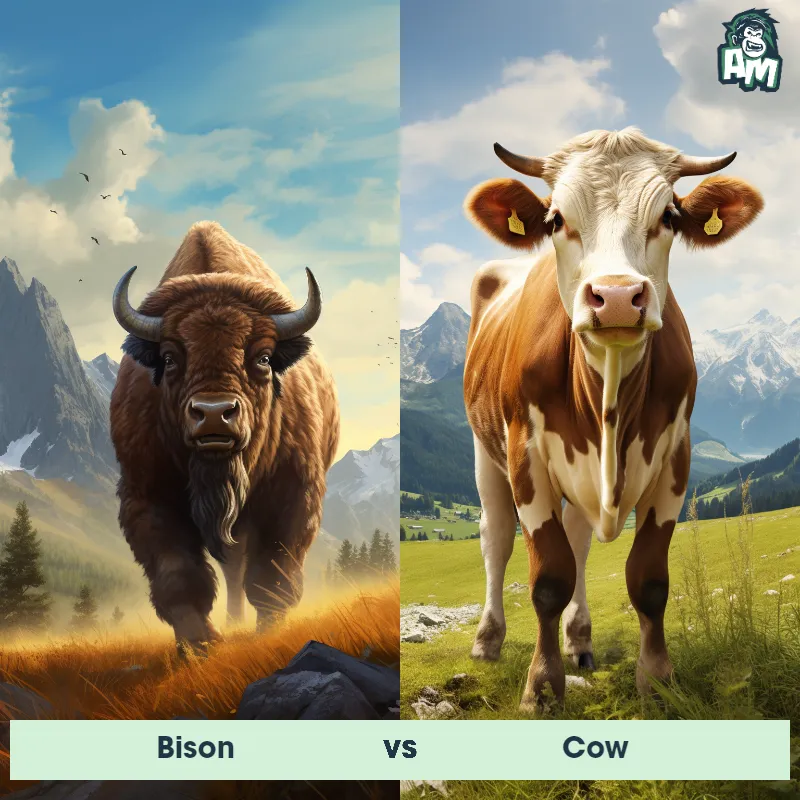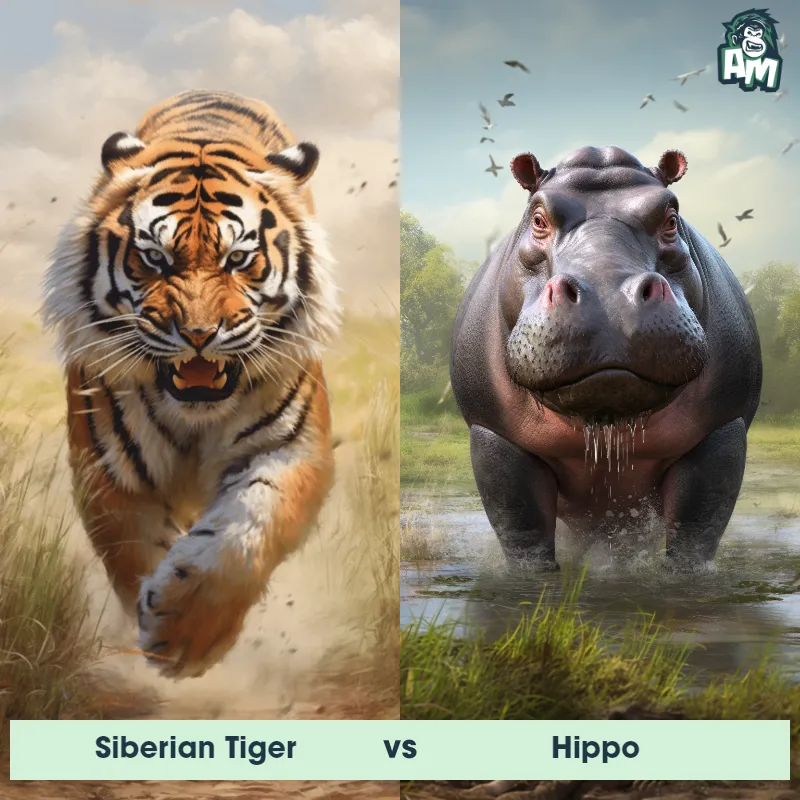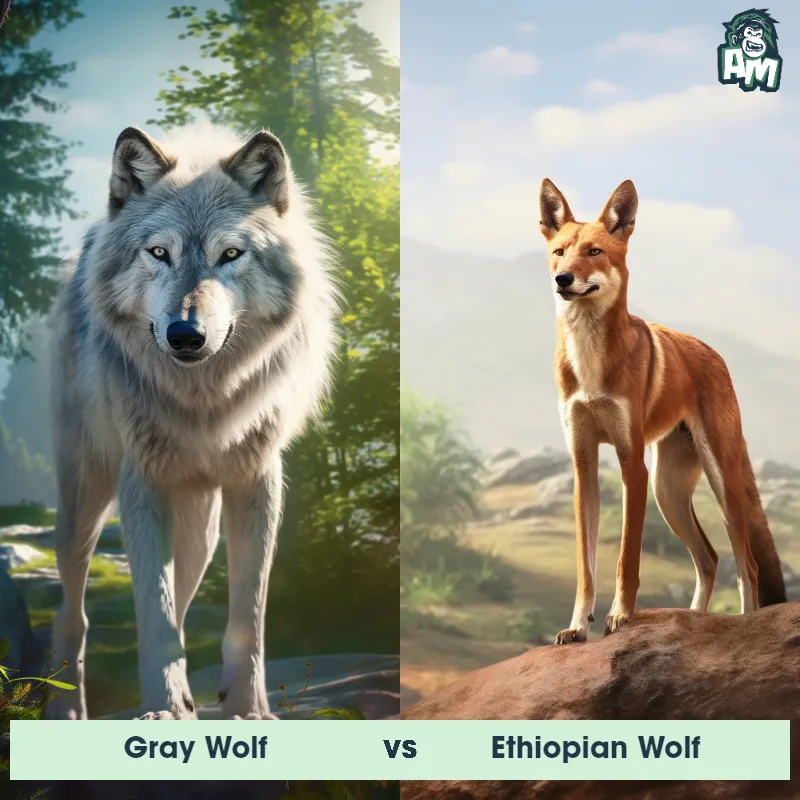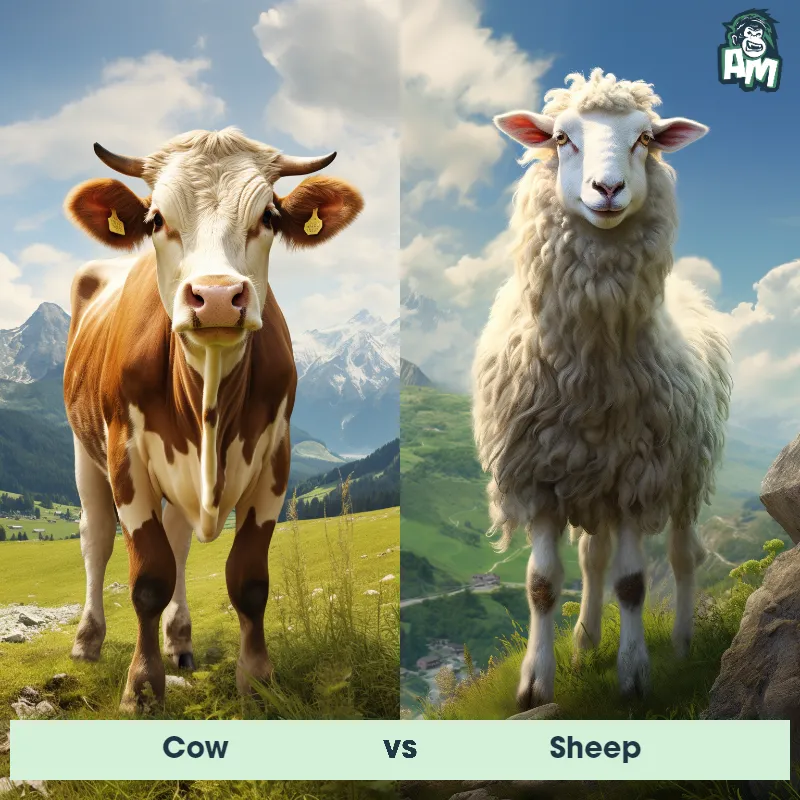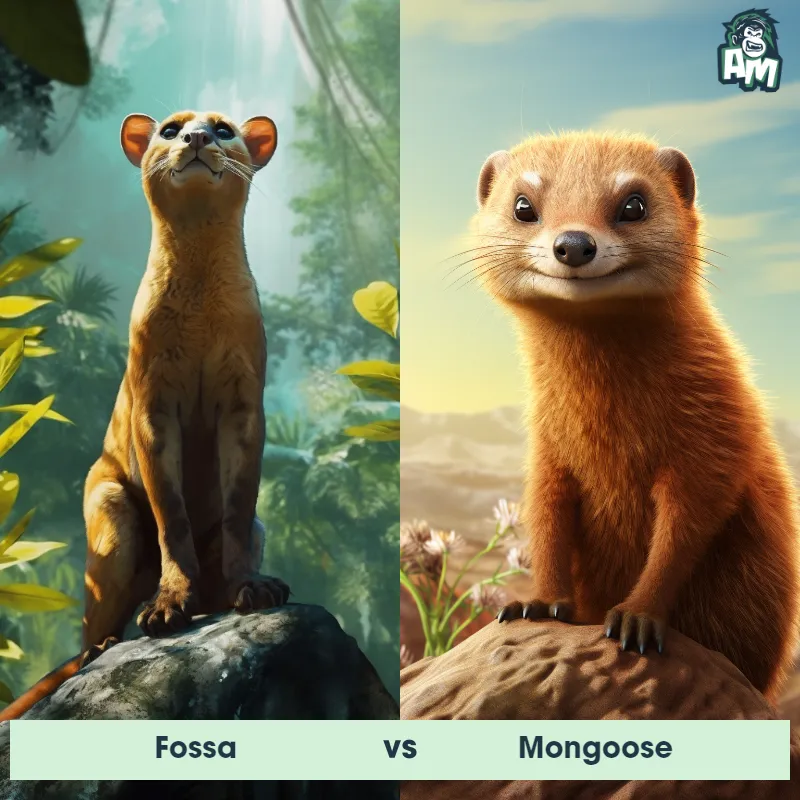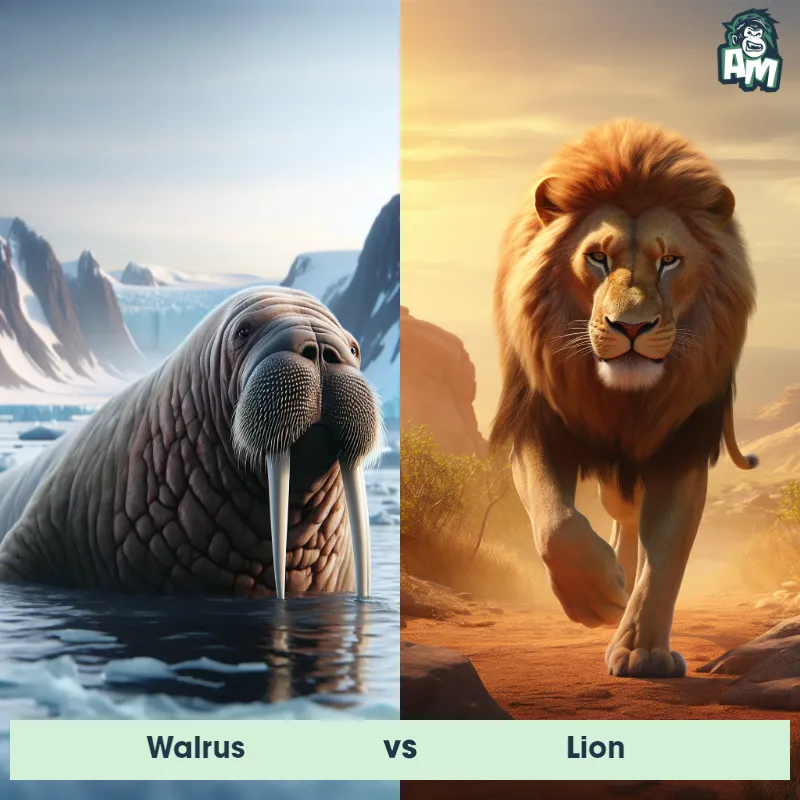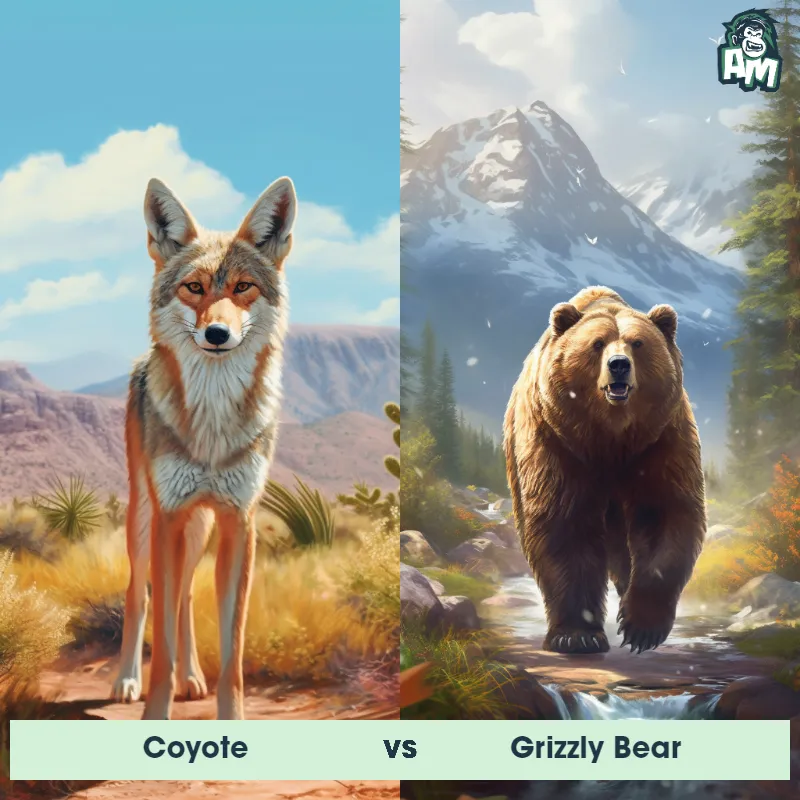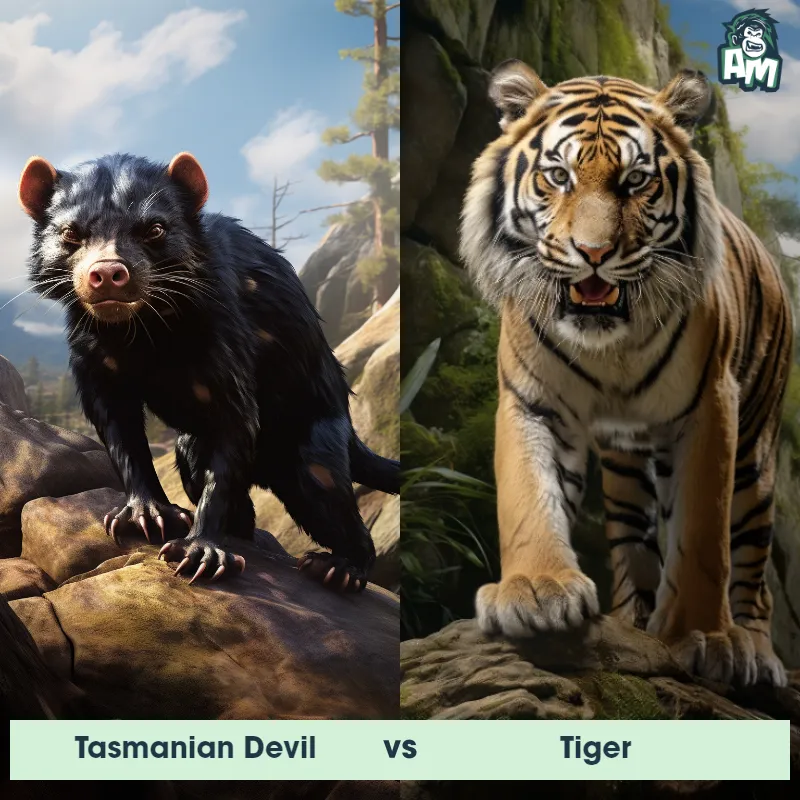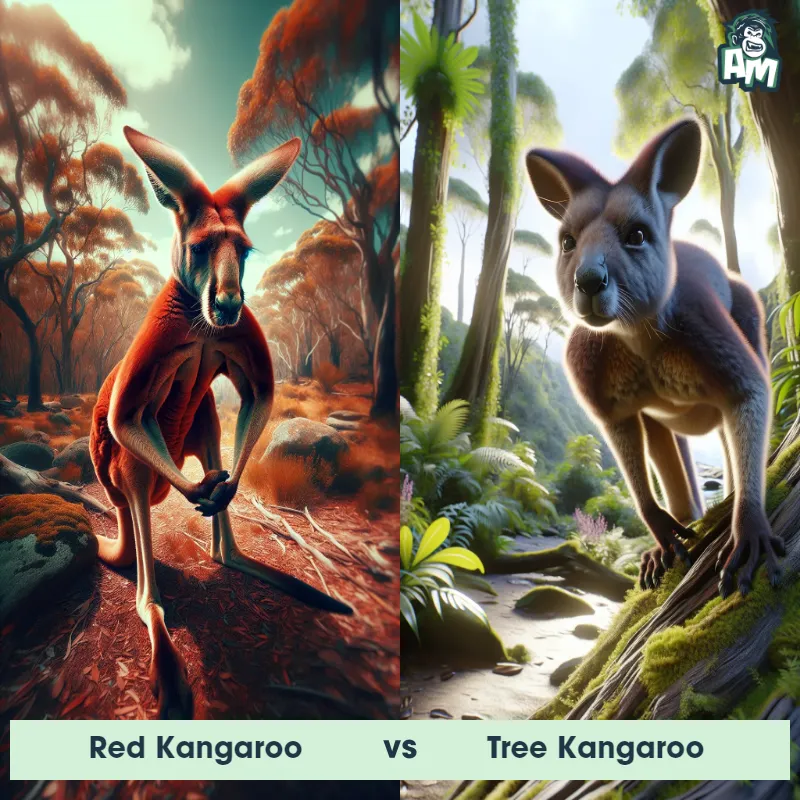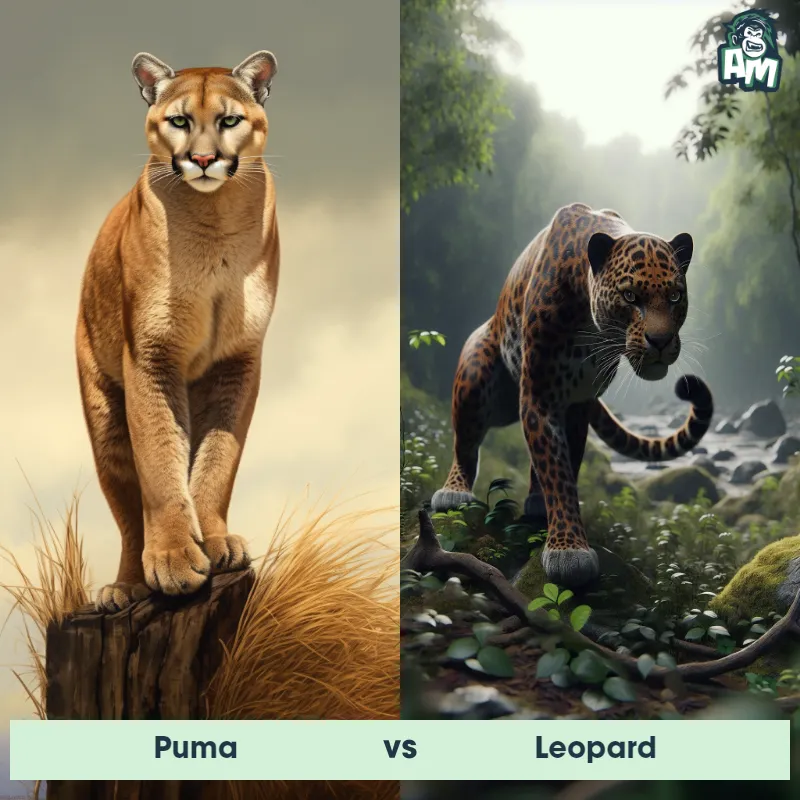Bobcat vs LynxSee Who Wins
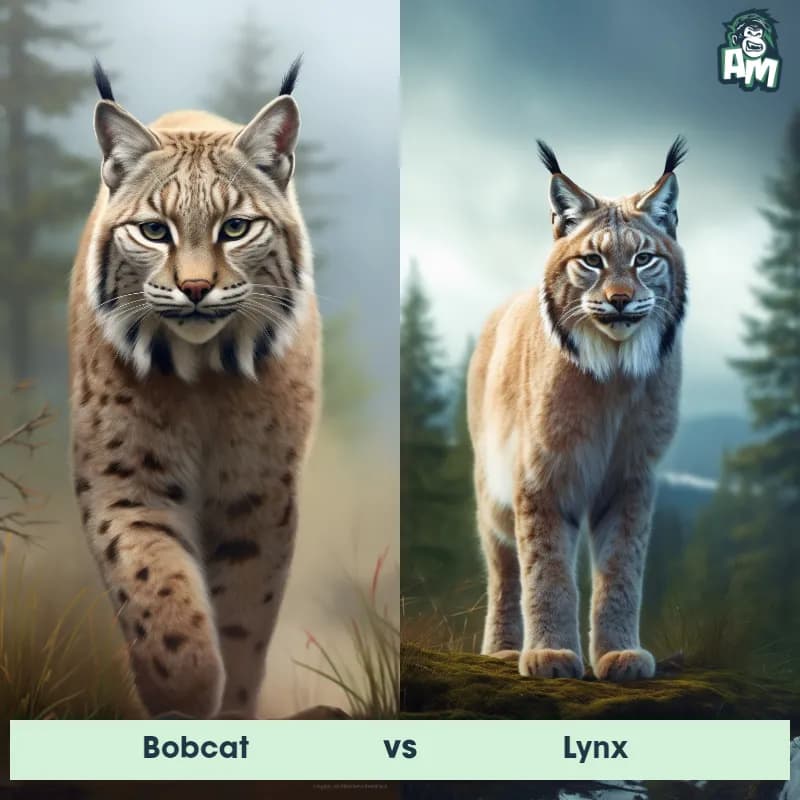
Ladies and gentlemen, welcome to this incredible matchup between two powerful feline competitors: the Bobcat and the Lynx. It's going to be a thrilling three-round contest, and we're sure to see some impressive offensive and defensive moves from both animals. Without further ado, let's get this battle underway!
Contender 1: Bobcat
The Bobcat, also known as Lynx rufus, is a medium-sized wild cat native to North America. They have short, reddish-brown fur with black spots and tufted ears. Bobcats are known for their distinctive short tails, which are only 5-6 inches long. They are solitary animals and are most active at dawn and dusk. Bobcats are skilled hunters and prey on small mammals, birds, and reptiles.
Fun Fact: Bobcats are excellent climbers and can easily scale trees to escape predators or hunt prey.
Contender 2: Lynx
The Lynx is a medium-sized wild cat with distinctive tufted ears, short tail, and spotted fur. They have powerful legs and sharp claws, which make them excellent hunters. Lynx are solitary animals and are found in forests and mountainous regions across Europe, Asia, and North America.
Fun Fact: Lynx have excellent hearing and can detect prey up to 75 feet away, even under a thick layer of snow.
Matchup Stats
| Bobcat | Lynx | |
|---|---|---|
| Size | 2-3 feet (0.6-0.9 meters) in length | 18-24 inches (45-60 cm) at the shoulder |
| Weight | 15-30 pounds (6.8-13.6 kilograms) | 18-24 pounds (8-11 kg) |
| Speed | Speed: 30 mph (48 km/hr) | Speed: 50 mph (80.47 km/hr) |
| Key Strength | Powerful legs and sharp claws | Powerful legs and sharp claws |
| Biggest Weakness | Small size compared to other predators | Short tail |
Current Votes
Bobcat vs Lynx
See Who Wins
View More Matches
Looking For More?
Similar Matches
Scientific Stats
| Bobcat | Lynx | |
|---|---|---|
| Scientific Name | Lynx rufus | Lynx |
| Family | Felidae | Felidae |
| Habitat | Forests, deserts, suburban areas | Forests and mountainous regions |
| Geography | North America | Europe, Asia, and North America |
| Diet | Small mammals, birds, reptiles | Small mammals, birds, and fish |
| Lifespan | 10 years - 15 years | 10 years - 15 years |
Key Differences between Bobcat and Lynx
- Size: The Lynx is larger than the Bobcat, with a body length of up to 3 feet and a weight of up to 40 pounds, while the Bobcat is smaller, with a body length of up to 2.5 feet and a weight of up to 30 pounds.
- Foot size: The Lynx has larger feet than the Bobcat, which are covered in thick fur to help them navigate through deep snow.
- Leg length: The Lynx has longer legs than the Bobcat, which gives it a more lanky appearance.
- Coat color: The Lynx has a more uniform coat color, with a grayish-brown coat and black tufts on the ears, while the Bobcat has a more varied coat color, ranging from gray to reddish-brown, with spots and stripes.
- Facial ruff: The Lynx has a more pronounced facial ruff than the Bobcat, with longer fur around the face and neck.
- Tail length: The Bobcat has a shorter tail, which is typically 4-7 inches long, while the Lynx has a longer tail, which is typically 4-8 inches long.
- Ear tufts: The Lynx has distinctive ear tufts that are longer than those of the Bobcat.



